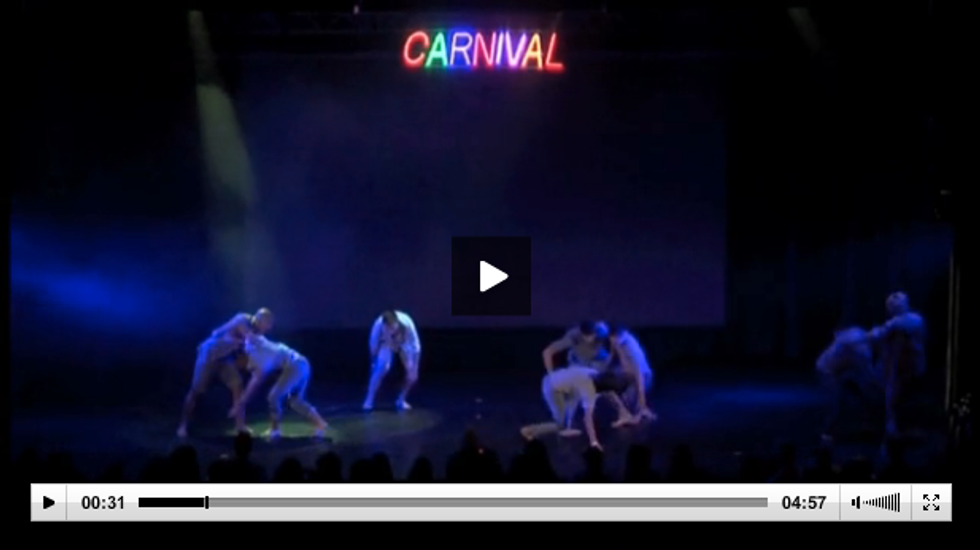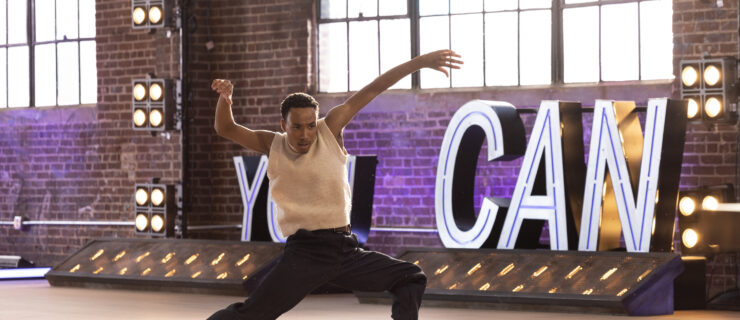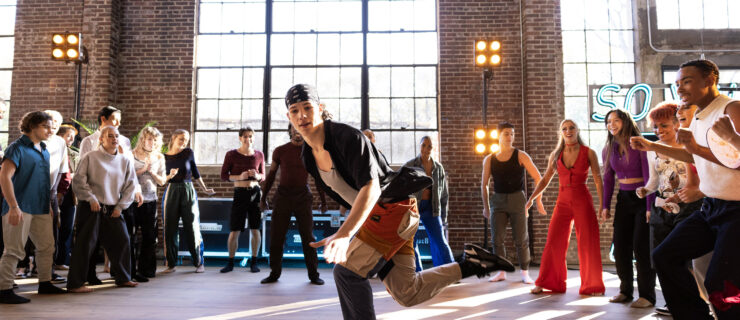The Secrets of New York City Ballet's Pointe Shoe Room
Deep in the basement of Lincoln Center’s David H. Koch Theater is a small, windowless space that’s home to nearly 6,000 pairs of pointe shoes, neatly stacked on shelves that reach to the ceiling. It’s New York City Ballet’s shoe room, and for company members, it’s one of the most important places in the world. Dancers frequently stop by to search for the ideal pair for a special performance, or to tweak their custom pointe shoe orders, trying to get that elusive perfect fit. “If the shoe isn’t right, the dancer can’t do her job,” says shoe room supervisor and former Pacific Northwest Ballet principal Linnette Roe. We talked to Roe and NYCB soloist Emilie Gerrity about some of the most interesting—and surprising—secrets of the shoe room.
The NYCB dancers go through 9,000 to 11,000 pairs of shoes each year, including flat shoes, sneakers, jazz shoes, and character shoes. The company has an annual shoe budget of about $780,000.
 Shoe room supervisor Linnette Roe inspecting the shoe stock (photo by Mayer)
Shoe room supervisor Linnette Roe inspecting the shoe stock (photo by Mayer)
Nearly all NYCB dancers wear Freeds, and the most popular “makers”—the artisans who craft Freed shoes, each of whom has their own symbol—are bell, L, Maltese cross, and crown. “Recently, L maker was sick for two and a half months,” Roe says. “Suddenly, five women in the company”—Gerrity included—”had no shoes.” (Roe had the five L wearers take a “get well” photo to send to the maker. “He means so much to these dancers!”)
 Freed pointe shoes (photo by Mayer)
Freed pointe shoes (photo by Mayer)
Each pair of pointe shoes is kept in a plastic bag to fend off—believe it or not—pointe shoe bugs. “Old, unprotected shoes can get infested with tiny bugs that feed on the flour paste in the box,” Roe says.
 Custom dyed shoes (photo by Mayer)
Custom dyed shoes (photo by Mayer)
Each year, the dancers go through 500 to 800 pairs of shoes performing George Balanchine’s The Nutcracker. But, surprisingly, Nutcracker isn’t the biggest shoe-killer. “Two weeks of Swan Lake uses more shoes than six weeks of Nutcracker ,” Roe says. “It’s just the whole company on pointe for the whole run.”
 Shoe files for an NYCB dancer (photo by Mayer)
Shoe files for an NYCB dancer (photo by Mayer)
Every dancer has a “shoe file,” with worksheets detailing all the changes they’ve made to their shoe orders over time. “Some dancers tinker constantly—going up or down a quarter of a size, trying new makers, removing heel pins,” Roe says. “There are just infinite options.” The most common customization request is adjusting the height of the satin on the sides of the shoes.
 Roe (left) and soloist Emilie Gerrity taking shoes (photo by Mayer)
Roe (left) and soloist Emilie Gerrity taking shoes (photo by Mayer)
Who uses the most shoes? Corps members. Partly that’s because they do so much dancing—they could be cast in every ballet on a given program—and partly it’s because many of them are still figuring out their shoe orders, whereas veteran soloists and principals tend to have theirs down to a science.
 Gerrity’s shelves of pointe shoes (photo by Mayer)
Gerrity’s shelves of pointe shoes (photo by Mayer)
Every woman in the company gets one vertical column of shelving for her pointe shoes, labeled with her name, and there’s no limit to the number of shoes dancers can order. “I still remember seeing my shelf with my name on it for the first time,” says Gerrity. “It was such a big deal!”
 Gerrity checking her shoes’ flexibility (photo by Mayer)
Gerrity checking her shoes’ flexibility (photo by Mayer)
“Before a show, I’ll go through all of my shoes, put them on my feet, see if the platforms are even,” Gerrity says. “I like to have lots of options. A shoe can change your whole performance.”
A version of this story appeared in the March 2018 issue of
Dance Spirit with the title “Secrets of the Shoe Room.”




